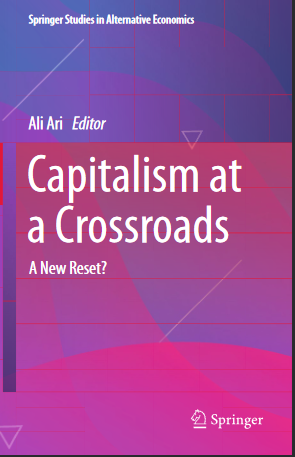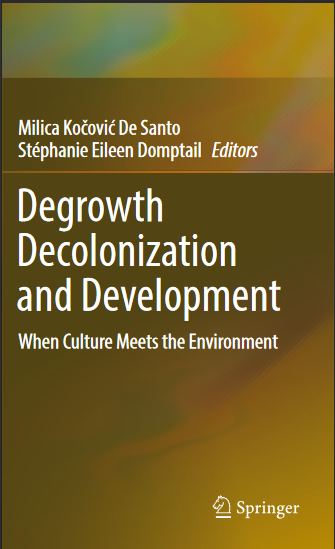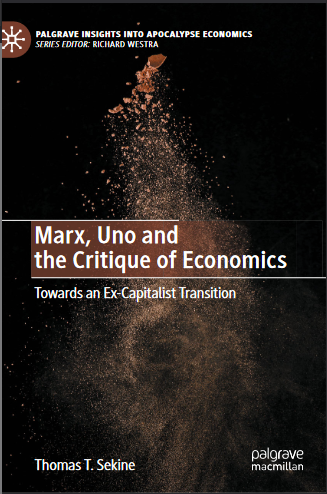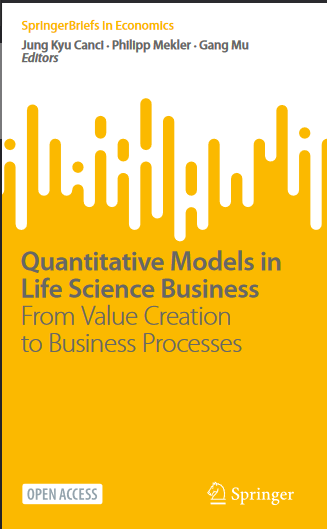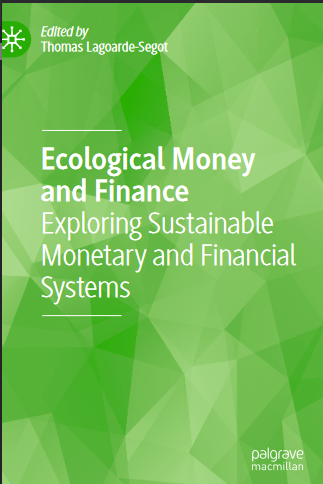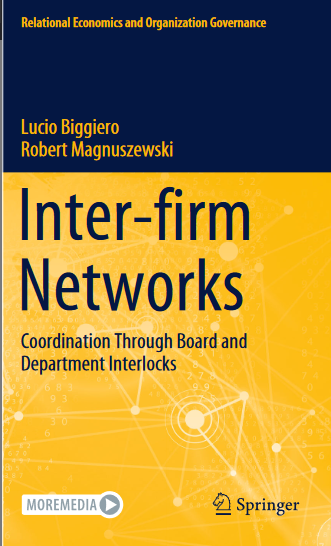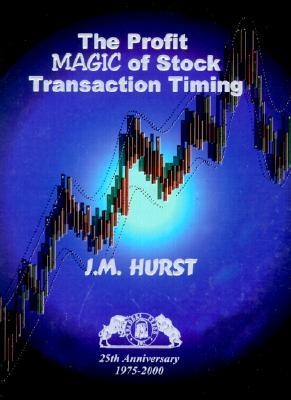موضوعات
آموزش و پرورش
ادبیات و زبان
پزشکی، دندانپزشکی و داروسازی
تاریخ و جغرافیا
داستان و رمان
دیگر
دین و فلسفه
روانشناسی
ریاضیات و آمار
سلامتی، تناسب اندام و رژیم غذایی
شیمی و پلیمر
علوم اجتماعی و حقوق
علوم زیستی و بیوتکنولوژی
فیزیک و نجوم
کامپیوتر و اینترنت
کتابهای کودکان و داستان
کسب و کار و اقتصاد
کشاورزی و دامپزشکی و غذا
معماری
مهندسی و فناوری
هنر و تئاتر
محصولات
Capitalism at a Crossroads A New Reset? - Original PDF
نویسندگان: خلاصه: Introduction Ali Ari Abstract Over the last three decades, the world economy has faced several complex and interrelated problems such as global climate change, food and energy scarcity, rising inequality, poverty, and more frequent and severe financial and economic crises. However, the capitalist system has been struggling to bring responses to those increasing problems and uncertainty. This has generated lively debates on the sustainability of the liberal capitalist economic system. Therefore, this book aims first to assess current problems of the world economy from a theoretical and empirical perspective, then to propose plausible answers from different points of view to restore the capitalist economic system. Keywords Capitalism · Sustainability · Growth · Climate change · Global warming · Agriculture · Energy · Inequality · Debt · Financial crises · Financialization · Poverty · Trade wars · COVID-19 · Political crises · Economic security · Artificial intelligence · Technological change · Great reset · Degrowth · Green deals · Solidarity economy · Balance of power · Smart citiesThe Pearl of the East The Economic Impact of the Colonial Railways in the Age of High Imperialism in Southeast Asia - Original PDF
نویسندگان: خلاصه: During the last decades of the nineteenth century until the 1930s, economic growth in Southeast Asia (we understand Southeast Asia at the end of the nineteenth century: Burma, British colony, Thailand or inde- pendent Siam, Malaysia British colony, Indonesia or Dutch East Indies, Dutch colonies, Indochina, French colonies and the Philippines, Spanish colonies until the end of the century, and from 1898 onwards, American colonies until independence) was a common fact among the economies of the region, despite finding differences in the growth patterns of different countries. Particularly relevant are the studies of Maddison, who analyze Indochina and the Dutch East Indies (Maddison 1990, p. 364). In the case of the Philippines, the most relevant growth model studies are provided by Hooley, with an attempt to explain the growth of the Philip- pines (Hooley 2005, pp. 464–488) and Booth, who emphasizes the analysis of the impact of the provision of new land for the plantation economy in the Philippine archipelago (Booth 2007, pp. 241–266). It should also be noted that these models often work with partially estimated data for dates for which there are no historical references, particularly when data from more remote areas must be covered. In the case of the Philippines, we have worked with data from engineering and execution projects for the Spanish period, and census data for the North American periodDegrowth Decolonization and Development When Culture Meets the Environment - Original PDF
نویسندگان: خلاصه: Degrowth Decolonization and Development offers a collection of seven original case study analyses, followed by a synopsis of concepts contributing to decol- onize development by shaking the hegemony of the Western paradigm. The partici- pating researchers met when presenting their work in Decolonization and Degrowth panels within two International Degrowth Conferences held in July (organized by Manchester University together with the Ecological Economics conference) and in August 2021 in The Hague, Netherlands. Ranging from cultural studies, critical development studies, cultural policy, cultural political economy, political economy, heterodox economic approaches, eco-feminist political ecology, to anthropology and sociology, the collection of chapters provides a broad interdisciplinary oversight of the contemporary (developmental, environmental, economic, social, cultural) chal- lenges. Precisely this interdisciplinary approach facilitates the understanding of the critical contemporary context with its complex intermingling of (positionality) crises. Our multiple analyses of Western thought, capitalist and patriarchal systems rooted in case studies depict rebellions to this hegemonic system and challenge it from complementary angles, which is the reason why we found the degrowth as most suitable framework to understand the current contemporary context and seek for post-growth alternatives. The first chapter introduces the most important concepts such as: permanent crisis, modernity and colonnialism, with associated dichotomies encaptured in the Western paradigm. We embrace the position that colonialism is not derivative but constitutive of modernity as “there is no modernity without colonial- ism” (Mignolo and Walsh 2018: 4; 107) and modern capitalism, where the cultural potential for radically necessary changes is essential—as a driver of the degrowth forces that reflects the eternal relations between man and naturMarx, Uno and the Critique of Economics - Original PDF
نویسندگان: خلاصه: Several years ago a young American gentleman came to spend a summer in Tokyo, and during his stay there contacted me hoping to arrange an interview with me; to be centred on my Unoist approach to Marxian economics. While willing to cooperate with him in that project, I was not confident from the beginning that I would be able to produce a satisfac- tory result for him. For I am not the type of person who has ready-made answers to questions that are typically thrown at him/her on the spur of the moment. Nevertheless, we thoroughly enjoyed meeting with each other and got along very well in our personal exchange of views on the subject matter. When he was about to leave Tokyo, I asked him to write down on paper a series of questions that he would have liked to ask me, which would give me the chance to elaborate upon. I thus obtained a series of wonderfully worded and exquisitely phrased questions that would have given me only delight and pleasure to answer. I have revisited these questions over the years and have had time to consider them against the progress my life-long research on Uno’s approach to economics has made since then. I now have a fully extended, more mature version of what makes economics an “objective” knowledge. In both parts, but especially in the first, I made use of the delightful phrasing that my American friend originally employed in posing his apt questions to me. I am grateful for his allowing me to reproduce once again some of his superb style of language in this bookQuantitative Models in Life Science Business - Original PDF
نویسندگان: خلاصه: The pharmaceutical industry is a key, yet complex sector within the global econ- omy. Organizationally, its complexity is outlined by an involved business model, an intricate organizational structure, and a challenging environment. Economically, the pharmaceutical industry has been characterized by high profit margins; this mainly as a result of substantial research and development (R&D) investment and its legal protection by patents. Over time the original situation has evolved further, gener- ating two major types of pharmaceutical firms: originators and generic producers. High R&D investment is a characteristic of the originator pharmaceutical companies which produce patent-protected drugs, as well as biotech specialists which produce biologics. The generic producers, on the other hand, do not incur the initial R&D expenses (or less so) and in general produce drugs lacking patent protection. On top of this now traditional set, new segments have arisen in the pharmaceutical indus- try, comprising services in or around the traditional drug industry, e.g. diagnostic or data-oriented endeavours.Ecological Money and Finance - Original PDF
نویسندگان: خلاصه: v As early as 1890, the economist Alfred Marshall wrote: ‘Economic condi- tions are constantly changing, and each generation looks at its own prob- lems in its own way’. Our generation, in turn, faces particularly pressing problems: financial crises, the uncertain effects of technological change, widening income and wealth inequalities, rising public and private debts, geopolitical tensions, climate change, degradation of natural systems, etc. One particularly worrying fact is that the ‘Great Industrial Acceleration’ has now been identified as the root cause of a major disruption of the Earth system. This disruption is undermining not only the resilience of our global economy but also life on Earth. As shown in Fig. 1, a simple linear regression between global GDP and kilotons of CO2 emissions shows a correlation coefficient of 0.966. A linear regression between global market capitalization and CO2 emissions also shows a correlation coefficient of 0.960. The accumulation of monetary wealth (through GDP) thus mirrors the unaccounted destruction of ecosystem services, and the accumulation of a colossal energy and ecological debt. The rate of species extinction is now 100 times higher than the average observed over the last 10 million years. Nearly 1 million species are threatened with extinction. Compliance with the Paris Agreement—which commit to keeping global warming well below 2° by 2100—is clearly a civilizational issue that calls for a deep reorientation of our socioeconomic modeInter-firm Networks Coordination Through Board and Department Interlocks - Original PDF
نویسندگان: خلاصه: Firms do not interact only through prices, quantity or quality: rather they employ many other ways to coordinate their behavior. However, it is still rather unclear under which circumstances the mix of different ways is built, neither the relative relevance of each of them. What is sure is that one of such ways is through sharing a director between boards of related companies: this is the phenomenon named interlocking directorates or, more recently, board interlock (BINT), known since long, but still deserving a lot of attention. Actually, this is a form of coordination which occurs at a company’s highest level, because boards decide—or at least address to—the strategic behavior. There are indeed many reasons to share a director, reasons that do neither always nor intentionally deal with strategic issues. However, whatever they are, the effects of board interlock always impact, to a more or less extent, the sphere of strategies. Further, and more noteworthy, more or less intentionally and extensively, they imply some form of knowledge creation and sharing, espe- cially under its tacit form. In fact, what should actually be done when one sits in a board and how to perform this is not a task so precisely defined: its concrete execution depends primarily and essentially on the personal characteristics of each involved director and on various organization-specific circumstances. Hence, this is the conceptual perspective applied into this book: Board interlocks are inter-firm coordination forms that channel strategic knowledge, which is a resource particu- larly precious in innovation-based industries, and one becoming progressively more important also in all other industries. Due to these characteristics, the main research streams employed in this work are the four following: board interlocks, knowledge networks, inter-firm networks and Social Network Analysis (hereafter, SNA) as the main methodological approach.Law and Economic Development - Original PDF
نویسندگان: خلاصه: CHAPTER 1 Introduction Kaushik Basu and Ajit Mishra In recent decades and especially in the last few years, we have witnessed several dramatic changes in the global economy. The rise of artificial intelligence, digital technology, and mega platforms that collect data and facilitate trade is changing the landscape of economics. Rapid globaliza- tion since the end of World War II, with a pick-up in pace over the last three to four decades, has created new challenges for law and regulation since increasingly contentious conflicts arise, which span multiple coun- tries and legal jurisdictions. With new technology and globalization, the demand for traditional labor has been declining, creating new societal tensions and political polarization. Digital technology is giving rise to massive economies of scalThe Profit Magic of Stock Transaction Timing - Original PDF
نویسندگان: خلاصه: Can a $10,000 investment yield $1,000,000 in a year? In five years? If so, what is the risk involved? These are the kinds of questions to which this work is addressed. Such fantastic results are possible in the stock market. Individual issues fluctuate widely enough and often enough to permit this and more. Techniques are presented here that put an average yield on invested capital of 10% per month, well within the realm of possibility. Compounding profits at this rate, such a yield can return $1,000,000 on a $10,000 investment within 50 months. An actual trading experiment will be described using these principles which produced an 8.9% yield per transaction--every 9.7 days. Such a yield, if continued, compounds $10,000 to $1,000,000 in 15 months. If such results can be attained in the market -- why isn't everyone doing it? The answer is complex, but the elements are simple: effort, knowledge and psychological barriers. Any goal this worthwhile requires time and effort. Most investors, amateur and professional do not have the kind of analytical background needed to shear through rumour, opinion, and adage to get at the basis of why stock prices change. And finally, even with knowledge in hand, many investors lack training in the emotion-logic balance required for success. Nevertheless, all of these obstacles can be overcome. It is the purpose of this book to provide you with the essentials. The results are yours if you care to apply yourself with sufficient intensity. Investment operations will be presented here in a deliberately unorthodox manner. We will turn our backs firmly on all cliches, adages, and market lore that will not withstand critical scrutiny. Where necessary, we will not hesitate to form new ones that do fit the facts. You will find here that the big money in investing stems from the principle of "profit compounding:---of short-term trades. It is further shown that this potential cannot be exploited in an optimum manner without a large improvement in transaction-timing capability that cannot be achieved using traditional investment methods. You will be exposed to: a concept of profit maximization; a model of stock price motion with prediction implications; an explanation of why chart patterns form---and how to use this knowledge to your profit; step-by-step methods for using the price-motion model to generate definite "wait," "buy," "hold," "sell," "sell short," "cover short," and "protect profit" signals; an explanation of why moving averages work and how to design your own for use in transaction timing; a complete trading method: how to select issues, how to analyse them for action signals, and how to improve your chances of turning and keeping a profit; the extent to which you should be concerned by chance factors, whether or not you should sell in case of war or financial crisis; the reasons why psychological considerations can affect your profits and what you can do about it; an introduction to numerical analysis and spectral analysis, upon which the results on the book are based. The problems of trading techniques and methods are dealt with directly. Enough methods and references are included to permit further research if desired.Handbook of Hope Theory, Measures, & Applications - PDF
نویسندگان: خلاصه: This Handbook of Hope simply would not have happened without a small army of graduate students who, over the past decade, have come into my office one by one and suggested yetanother angle from which we could view hope. In that sense, what has come to be called hope theory has been like a gemstone that, when held to the light, sends shimmers of ideas about yet other possible implications or experiments. I have produced previous theories about reactions to personal feedback, uniqueness seeking, excuse making, and reality negotiation, hue none of chose have continued co produce the sufficiently intriguing questions to get me revved up for yet another experiment. Hope theory has been a great energizer at a time in my life when I have needed it. For the past seven years I have had a severe, unrelenting, and undiagnosed chest pain that is with me from my fim waking moments to the time th.at I slip off into sleep. Although I have been taking powerful pain killers, I think that none of those pills matches the positive effects of my getting lost in theory and research and work- ing with my students. At age 55 (by the time this book is published), I still enjoy the theory and bench science to the same degree that I did as a brand new 27-year- old assistant professor here at Kansas. And so, I have much for which to be th:.ink- ful.آیا کتاب مورد نظر هنوز بر روی سایت قرار نگرفته است؟ جای نگرانی نیست! کافی است بر روی گزینه سفارش کتاب کلیک کرده و درخواست خود را ثبت کنید. در کمتر از چند ساعت کتاب شما را آماده خواهیم کرد.
